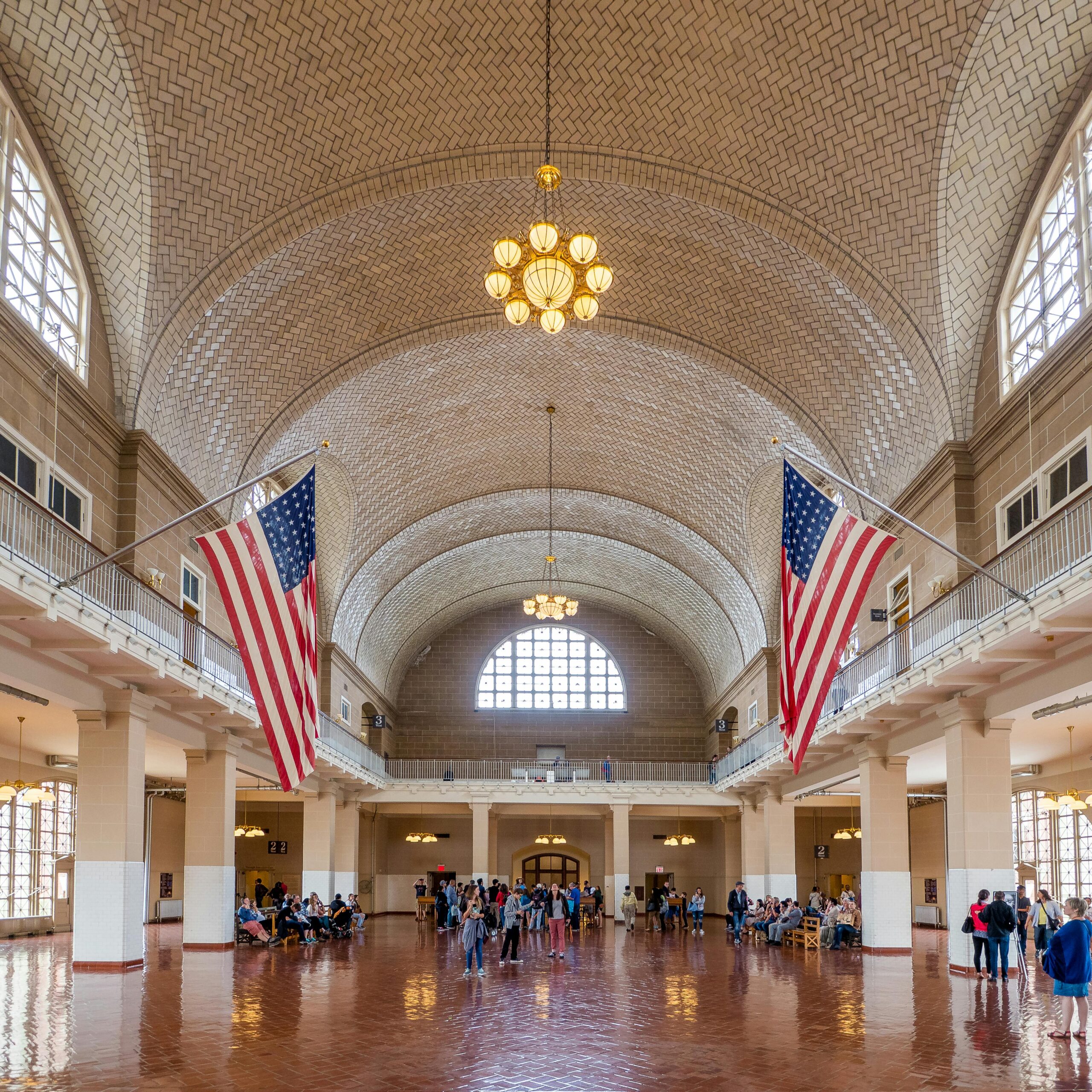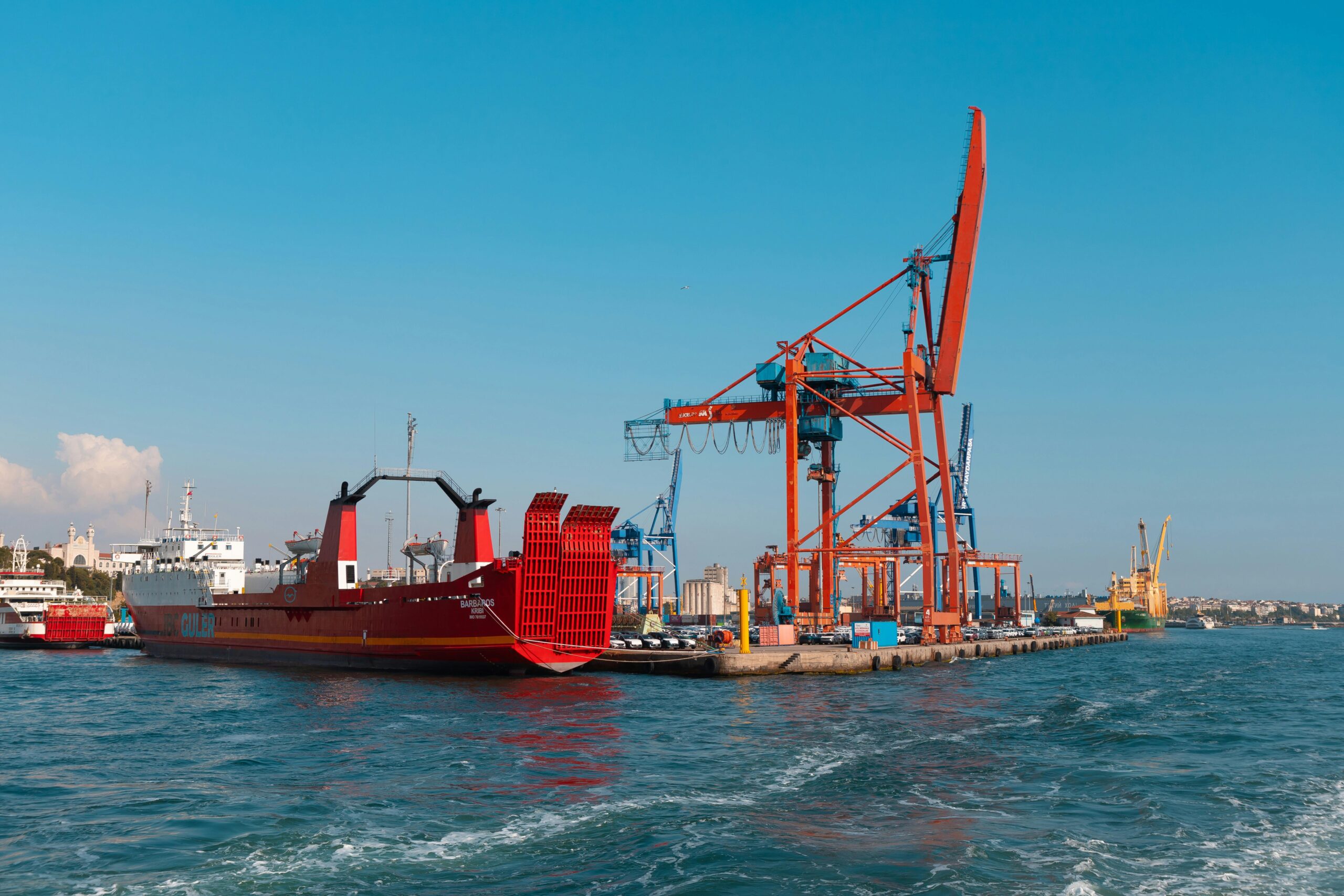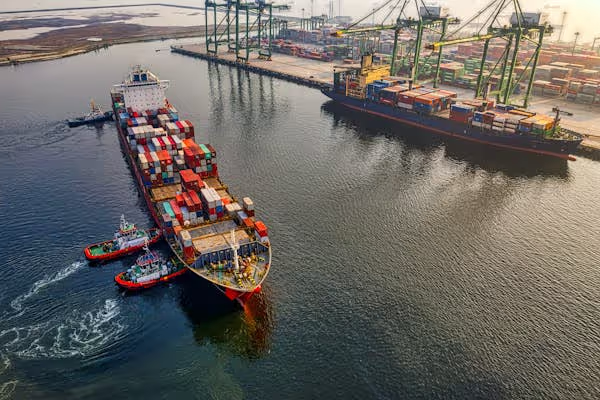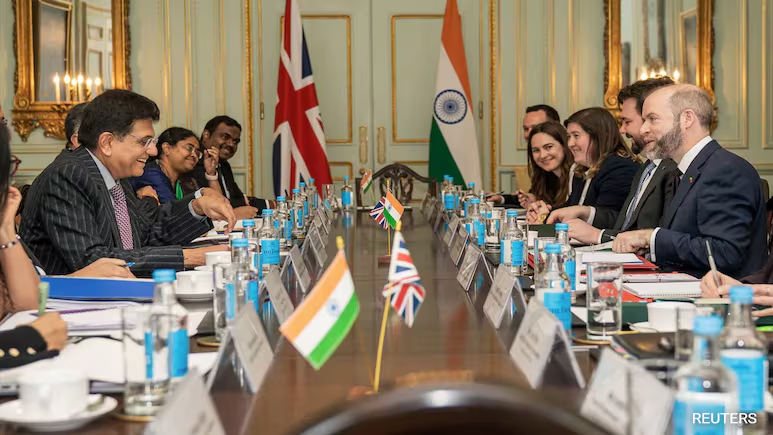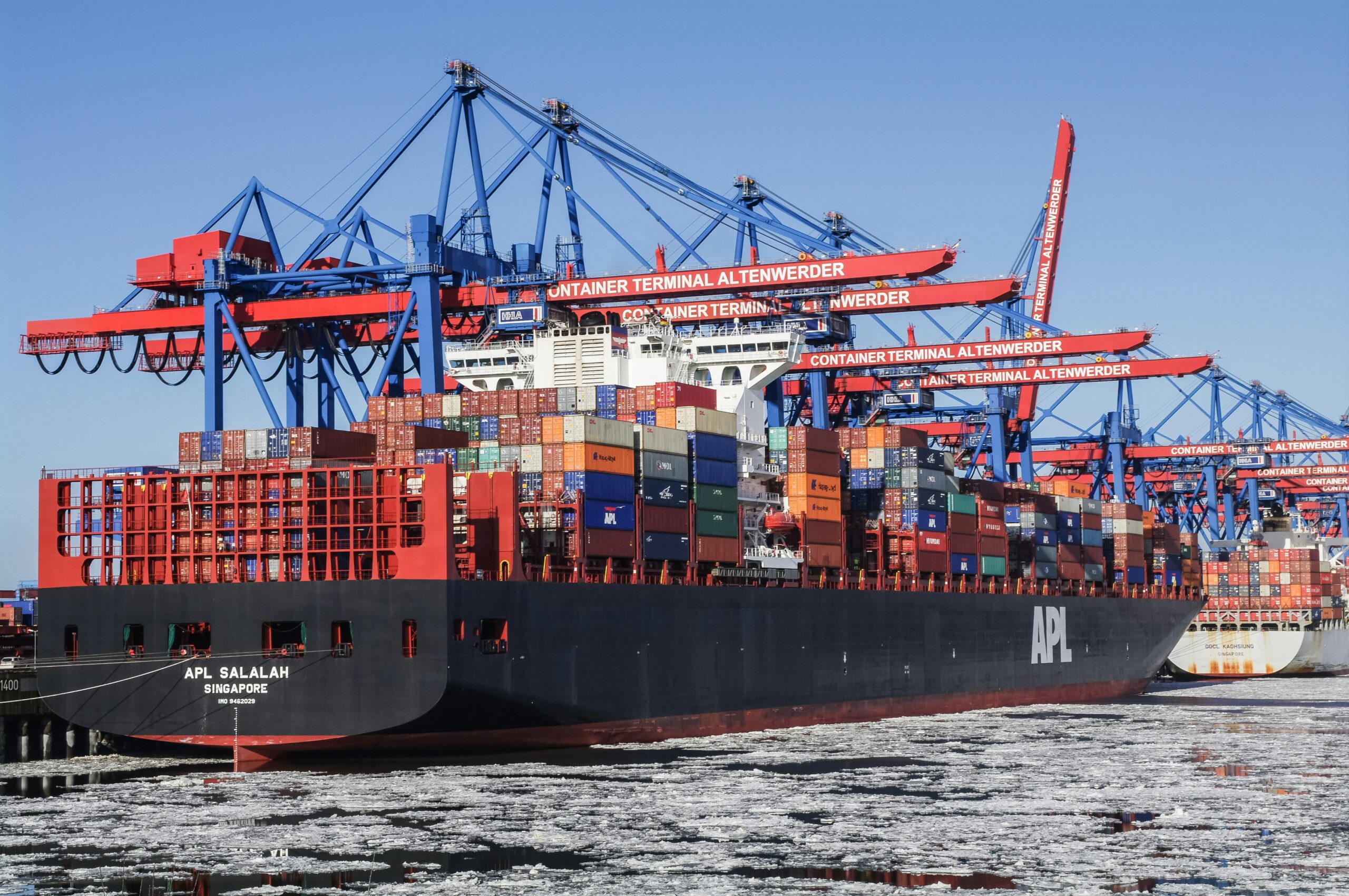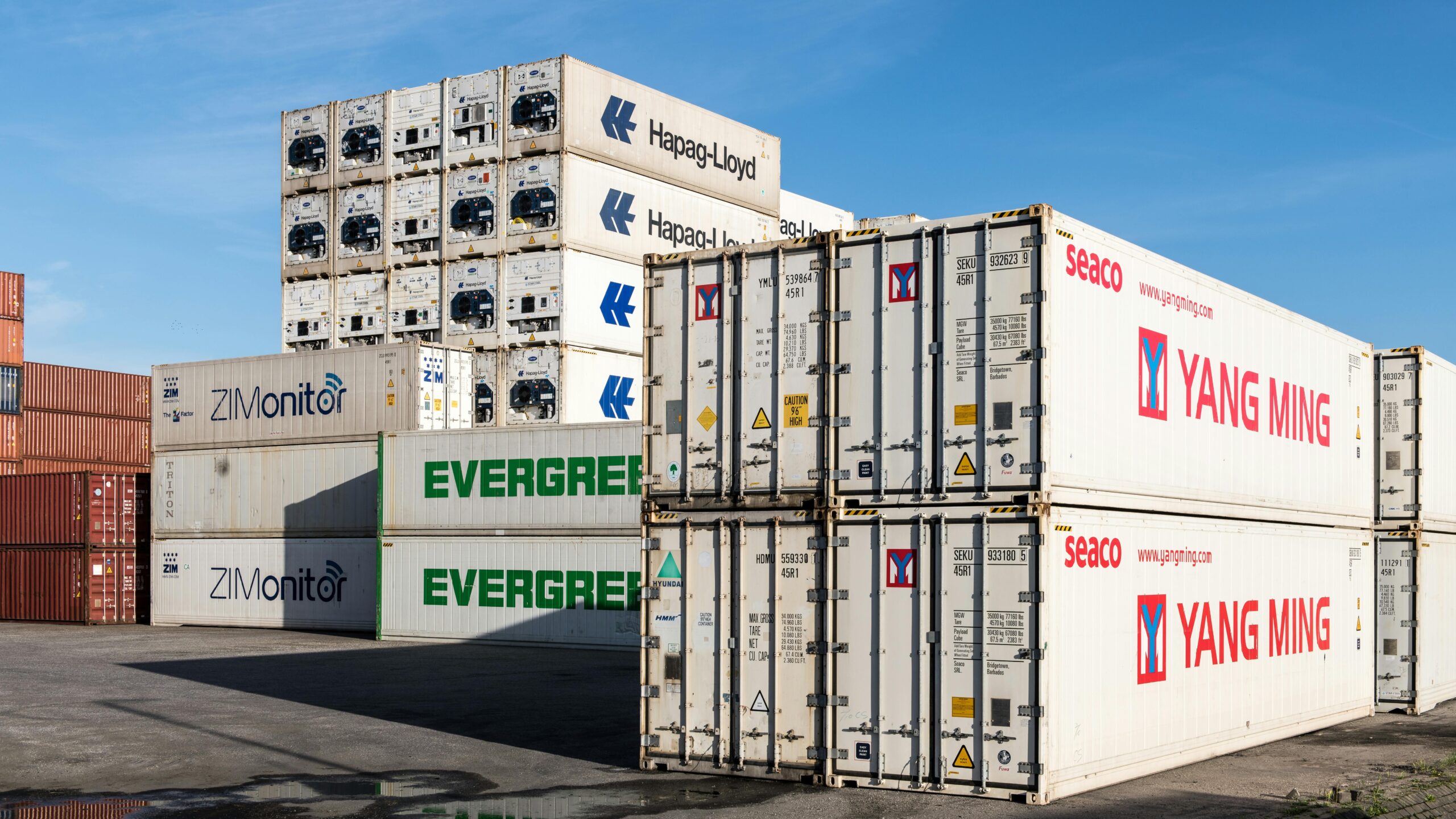In a major milestone for international trade, the United Kingdom and India have officially signed a Free Trade Agreement (FTA), unlocking unprecedented economic potential between two of the world’s largest economies.
After years of negotiations, this deal marks a defining moment in UK–India bilateral relations, offering wide-ranging benefits for businesses, consumers, and investors across both nations.
Key Highlights:
- Tariff Reductions: Cuts in tariffs on goods across Automobiles, Scotch whisky, and Pharmaceutical products, making them more affordable and competitive in both markets. Phasing out to lower tariffs by the end of 10th year.
Big win for UK distillers, UK car makers, enhanced healthcare collaboration and affordability through reduced duties!!
- Double Contribution Convention: Eases social security costs for professionals working across borders.
- Bilateral Investment Treaty (BIT): Includes a dispute resolution mechanism (ISDS) to protect foreign investors.
- Clean Energy Boost: A $100M UK investment into ReNew’s solar manufacturing business in India to support solar energy expansion.
Economic Impact:
- £4.8 billion expected annual boost to UK GDP by 2040
- £25.5 billion in additional bilateral trade projected by 2040
This FTA is not just about goods – it’s a strategic alignment in technology, education, defense, and sustainability. It offers UK companies a post-Brexit foothold in India, while giving Indian firms greater access to UK markets and global capital.
What’s Missing?
- While the deal delivers on trade and investment, labour mobility remains unresolved – a key area for future negotiation.
- The issue of carbon taxes remains unresolved in the final deal, an area where India had expressed concerns. As a result, Indian exporters in certain sectors may still face uncertainty as the UK and EU move toward implementing CBAM (Carbon Border Adjustment Mechanism) – under which it will levy higher taxes on imports from countries with less strict climate policies.
An area to watch out for: the EU is also negotiating a trade deal with India. Surely, the policy makers and analysts will closely compare the two to see how generous each partner is or may be leverage the negotiating tactics.
As Prime Ministers Modi and Starmer affirmed, the agreement sets the tone for a mutually beneficial, future-facing partnership.
Full story to unfold once the official text is released!




